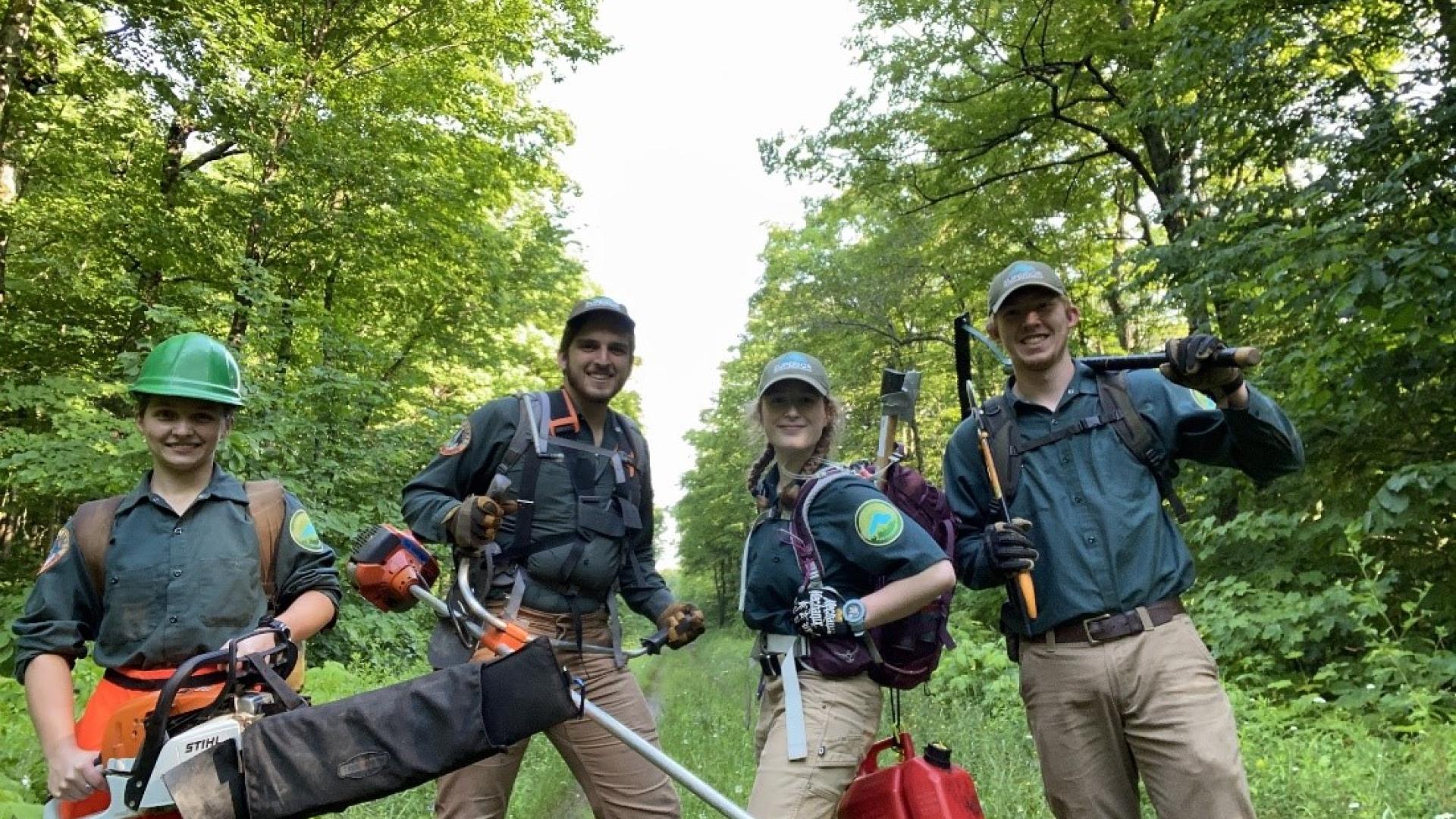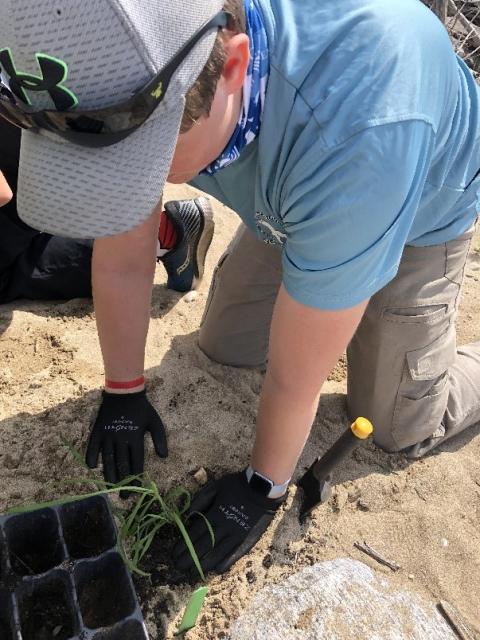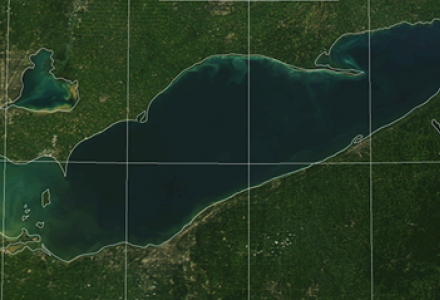
In a constantly changing environment, it is essential to help the next generation develop connections with nature and inspire them to protect it for future generations. There are several local and national organizations that actively support opportunities for young people to engage with the Great Lakes basin ecosystem through conservation programs, including the Coastal Conservation Youth Corps (CCYC) and Great Lakes Climate Corps (GLCC).
Coastal Conservation Youth Corps
The CCYC was developed by The Lake Huron Centre for Coastal Conservation, a nongovernmental charitable organization located in Goderich, Ontario. The Centre’s goals are to protect and restore Lake Huron’s coastal environment through research, education and conservation.
Kerry Kennedy, program coordinator, said the Centre developed the CCYC program because “the Great Lakes are facing a number of threats including water quality issues, plastic pollution and invasive species.” The key to improving the situation “is the interest in volunteerism and thinking that young leaders need to be developed to care for our coastal ecosystems and to take conservation action.”
Launched in 2020, the CCYC program had more than 40 participants in 2021.
Cameron Hogg, a high school student in southwestern Ontario, learned about microplastics, invasive species and the importance of conservation work when he participated this past summer.
“The thing I enjoyed most about the program was how it helped educate younger people and teens like myself about the importance of cleaning up after yourself,” Hogg said.
“I loved being out in the community and helping clean up and seeing firsthand why this program is so important to Lake Huron.”
Hogg said the CCYC’s work does not go unnoticed, recalling a time he was approached by a member of the public who wanted to learn more about dune restoration.

Great Lakes Climate Corps
The GLCC began in 1999 under the Superior Watershed Partnership and Land Conservancy, a Great Lakes nonprofit based out of the Upper Peninsula of Michigan that serves the Lake Superior, Michigan and Huron watersheds.
Tyler Penrod, program coordinator, said the work of the GLCC includes habitat restoration, trail building and water quality monitoring. The initiative creates opportunities for young people from across the United States to engage collaboratively in conservation work with five tribes in the Upper Peninsula, surrounding municipalities and US federal partners and agencies.
For GLCC participants, Penrod hopes “the GLCC is a steppingstone for their careers, so they're gaining field experience, they are working with influential partners in the region and they’re building a network with professionals in the field.”
Penrod’s journey with GLCC began as a crew member about six years ago. He studied at Northern Michigan University and worked with the GLCC between school years. Penrod and other program participants emphasized how much the program meant to them and how much they learned.
Dan Rogan, a past GLCC participant and university student in Michigan, said he was surrounded by like-minded people working for the same cause.
“It opened up my mind to see what’s out there and inspired me to see the many facets of recreation and conservation work,” Rogan said. He appreciated everybody’s enthusiasm toward environmental protection and valued new friendships with program participants.
This sentiment also was expressed by Andrea Sekloch, another past GLCC participant. Sekloch, a recent university graduate, emphasized how much she learned while being in the program and the value of being surrounded by people with the same passions. “I didn’t expect to learn as much as I did … and with my crew everyone had different knowledge from different experiences, which was super helpful no matter what project we were doing.”

Boardwalk construction by GLCC participants, from left to right: Lindsay Dose, Solomon Kronberg, Mossy Schumann. Credit: T. Penrod, Great Lakes Climate Corps
The Importance of Youth Engagement in Conservation Work
While CCYC and GLCC program participants expressed how much they benefited from the programs, they also emphasized why having youth engagement in conservation work is important.
Hogg calls it “the future of conservation work.”
“Engaging people when they are young gives them a much better chance of shaping their mind to think more positively about the environment and a better chance of them adopting behaviors that support environmental conservation.”
Rogan commends the younger generations’ commitment to programs like GLCC and initiatives that focus on climate change. He also emphasized the importance of everybody’s involvement in conservation work: “The more people that do conservation work, the better the overall population will have an understanding of it.”
Sekloch says involving young people in conservation work brings new perspectives when looking at environmental problems. “Different ideas and different backgrounds … make the job easier.”
In addition to accomplishing valuable conservation projects, programs such as GLCC and CCYC also can inspire young people to become environmental leaders. Developing youth leadership is key to help navigate the varying conditions that environments like the Great Lakes continue to experience in the face of our changing climate.
The International Joint Commission (IJC) also is involved with protecting and monitoring the health of the Great Lakes through its responsibilities under the Great Lakes Water Quality Agreement, with areas of focus on harmful algal blooms, invasive species, and climate adaptation and resilience.
The IJC’s Great Lakes-St. Lawrence River Adaptive Management Committee assesses how climate change may impact the IJC’s regulation of water levels and flows at its dams and control structures in the basin.
The Great Lakes region benefits from the collaborative efforts of programs such as GLCC and CCYC, and organizations such as the IJC, that work in diverse ways to protect the Great Lakes.

Diana Moczula is a junior policy analyst at the IJC’s Canadian Section office in Ottawa, Ontario.




